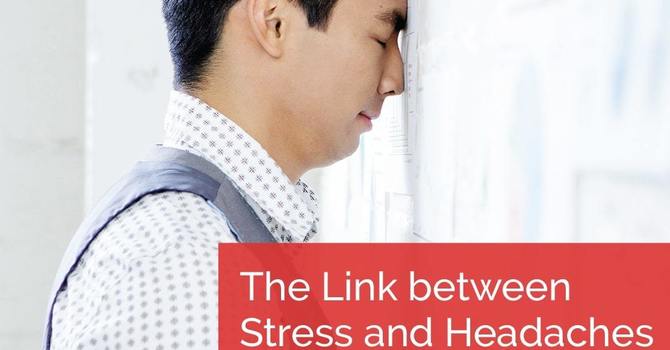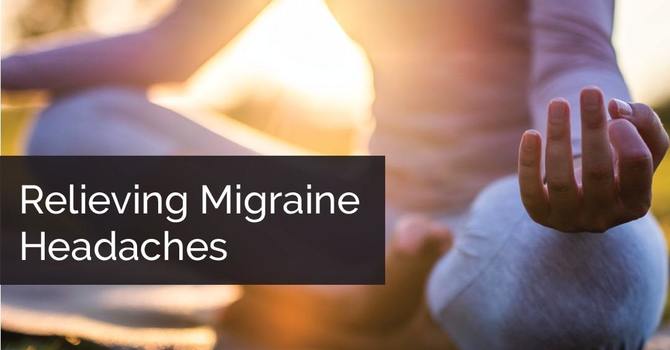
In a previous newsletter we began to explore concepts in pain science. To review, we touched upon the fact that the amount of tissue damage does not equate to the level of pain that we may experience. Instead, our brain pays attention to many other important signals to determine whether or not to send the message of pain.
For this next piece on pain science, I want to emphasize the fact that there is hope. Yes, even for those suffering with chronic pain. Our body is very adaptive and ever changing. For example, the sensors in our tissues that perceive pain are replaced every few days. This demonstrates that the body has the ability to decrease pain as long as we can change the signals that contribute to our problems. In fact, most cells and tissues are replaced regularly in the body! So it is true that we are not the same person as we were yesterday.
With that being said, our brain plays an important role in pain. Yes we can insert the joke "it's all in your head." In order to make us aware of pain, our brain uses a signal to indicate an area of the body that may be in danger. When this happens, our nerves are placed into a heightened state where it takes less of a signal to elicit the same amount of pain. This heightened state does not reflect the ability of our muscles, ligaments, and joints. In most cases, this means that we still have the ability to keep mobile and moving. Exercise is a way out of pain as we continue to strengthen to get past these injuries.
To help with injury recovery, it is beneficial to remain calm and have a positive outlook. By remaining calm, we can lower our stress. For example, stress hormones like cortisol can delay healing times, cause memory loss, depression, and a decline in physical performance. By keeping a positive outlook and continuing to stay active, this gives our brain time to make the necessary changes to dampen the pain response. So be patient, take time, and keep working towards a healthy lifestyle.





